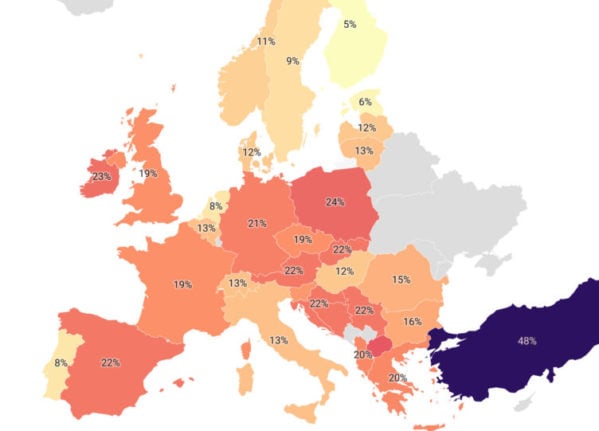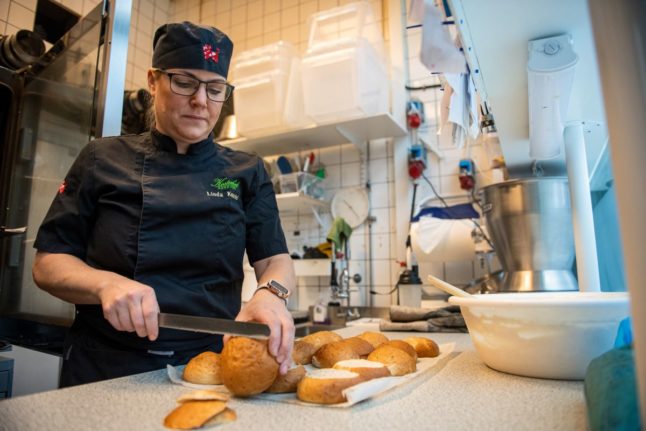Only nine percent of Swedes said they had experienced anger in the day on which they were surveyed, making the nation calmer than every other nation in Europe apart from the imperturbable Finns (5 percent), the chilled Estonians (6 percent), and the easy-going Dutch and Portuguese (both 8 percent).
You can find a set of interactive maps produced by Gallup here, or compare Sweden on our own interactive map made with Gallup’s data below.
The Nordic nations as a whole were far more relaxed than more hot-headed and dyspeptic nations, with no fewer than 48 percent of Turks saying they had felt angry the preceding day, 24 percent of Poles and 22 percent of Spaniards.
It wasn't only anger levels where Swedes seemed to have their emotions under control compared to many other European nations.
Only 18 percent of Swedes said they had experienced sadness the preceding day.
This was slightly more than their Nordic peers, with 17 percent of Norwegians and Danes, and only 13 percent of Finns owning up to having had a melancholy spell, but less than most other European countries, with 23 percent of Germans, 24 percent of French, and 25 percent of Brits, and 29 percent of Italians feeling upset or low.



 Please whitelist us to continue reading.
Please whitelist us to continue reading.
Member comments